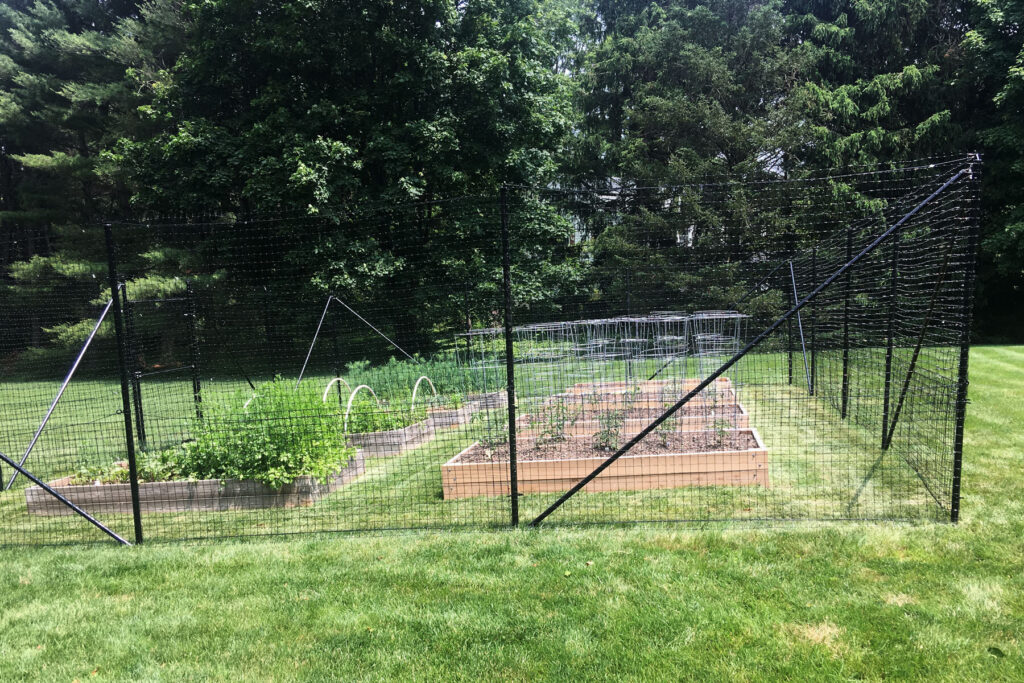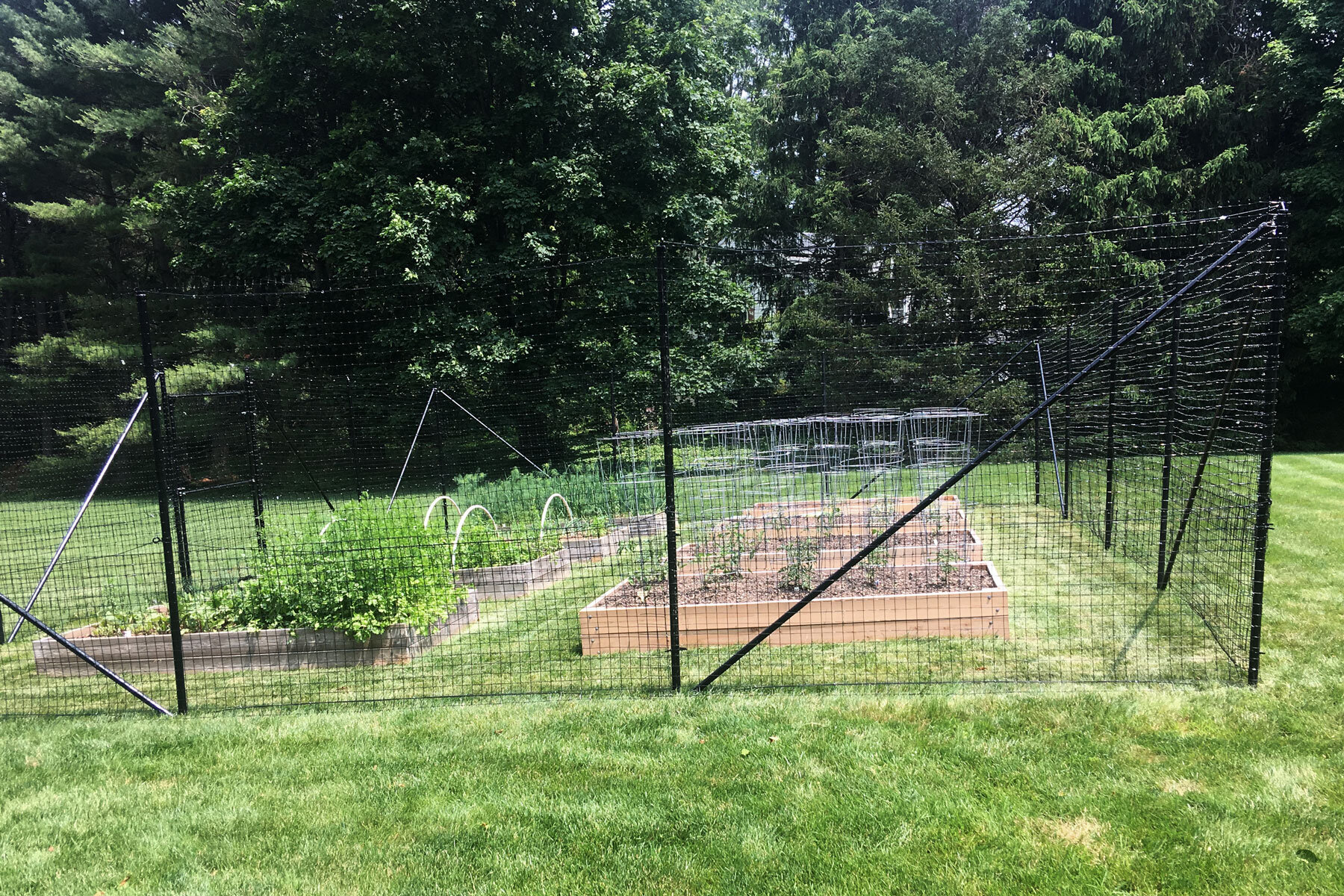
Determining the Ideal Deer Proof Fence Height: Protecting Your Garden and Landscape
Deer are beautiful creatures, but their voracious appetites can wreak havoc on gardens and landscapes. One of the most effective ways to protect your plants is by installing a deer proof fence. However, simply erecting a barrier isn’t enough. Understanding the optimal deer proof fence height is crucial for success. This article explores the factors influencing the ideal fence height and provides practical guidance for safeguarding your property from these persistent herbivores.
Understanding Deer Behavior and Jumping Ability
Before diving into specific measurements, it’s essential to understand deer behavior. White-tailed deer, the most common species in North America, are surprisingly athletic. While they prefer not to jump unless necessary, they are capable of clearing significant heights. Their jumping ability depends on several factors, including:
- Motivation: A hungry deer is more likely to attempt a high jump to reach a desirable food source.
- Terrain: Deer are less likely to jump onto uneven or unstable ground.
- Obstacles: The presence of other obstacles near the fence can deter jumping.
- Deer Species: Different deer species have varying jumping capabilities. Mule deer, for example, may have slightly different jumping habits than white-tailed deer.
Generally, white-tailed deer can easily clear a 6-foot fence. Some individuals, particularly when highly motivated, can jump over 8-foot fences. Therefore, a deer proof fence height of at least 8 feet is often recommended for maximum protection. However, this isn’t always practical or necessary.
Factors Influencing Deer Proof Fence Height Requirements
The ideal deer proof fence height for your property depends on a combination of factors:
Deer Population Density
In areas with high deer populations, competition for food is greater, and deer are more likely to be persistent in their efforts to access your garden. In these situations, a taller fence is generally required. Conversely, in areas with lower deer densities, a slightly shorter fence might suffice.
Local Deer Behavior
Observe deer behavior in your area. Have you noticed deer regularly jumping over fences in your neighborhood? If so, a taller fence is a must. Talk to your neighbors; they may have valuable insights into local deer habits and effective deer proofing strategies.
Attractiveness of Your Garden
The more appealing your garden is to deer, the more determined they will be to access it. If you’re growing plants that deer find particularly delicious, such as hostas, roses, or daylilies, you’ll need a more robust deer proofing solution, including a taller fence.
Budget and Aesthetics
Building an 8-foot fence can be expensive and may not be aesthetically pleasing. Consider your budget and the overall look of your property when determining the deer proof fence height. There are alternative fencing options, such as angled fences or electric fences, that can be effective at deterring deer without being excessively tall.
Recommended Deer Proof Fence Heights: A Practical Guide
Based on the factors above, here’s a practical guide to help you determine the appropriate deer proof fence height for your property:
- Minimum Height (6 feet): This height may be sufficient in areas with low deer populations and where deer are not particularly persistent. However, it’s not recommended as a foolproof solution.
- Standard Recommended Height (8 feet): This is the most commonly recommended height for a deer proof fence and offers a high level of protection in most situations.
- Maximum Protection (10 feet or higher): In areas with extremely high deer populations or where deer are known to be particularly aggressive, a 10-foot fence or higher may be necessary. However, this is often impractical and expensive.
Alternative Deer Proofing Strategies
While a tall fence is often the most effective solution, it’s not the only option. Consider these alternative or supplementary deer proofing strategies:
Angled Fences
Deer have poor depth perception and are less likely to jump over a fence that angles outward. An angled fence doesn’t need to be as tall as a vertical fence to be effective. A 45-degree angle is generally recommended.
Electric Fences
Electric fences deliver a mild shock that deters deer from approaching the fence. They can be a cost-effective alternative to traditional fences, but they require regular maintenance to ensure they are functioning properly. [See also: Electric Fence Installation Guide]
Deer-Resistant Plants
Planting species that deer find unpalatable can reduce their interest in your garden. Some popular deer-resistant plants include lavender, daffodils, and ornamental grasses. [See also: Best Deer Resistant Plants for Your Garden]
Motion-Activated Sprinklers
Motion-activated sprinklers startle deer and deter them from entering your garden. They are particularly effective at night when deer are most active.
Deer Repellents
Deer repellents come in various forms, including sprays, granules, and electronic devices. They work by emitting odors or sounds that deer find unpleasant. However, repellents need to be reapplied regularly, especially after rain. [See also: Comparing Different Deer Repellents]
Building Your Deer Proof Fence: Key Considerations
If you decide to build a deer proof fence, consider these key factors:
Materials
Choose durable and weather-resistant materials such as metal, wood, or plastic mesh. The material should be strong enough to withstand deer attempting to push through it.
Post Spacing
Space fence posts appropriately to ensure the fence is stable and can withstand pressure from deer. Closer spacing is generally better, especially in areas with high winds or heavy snow.
Gate Security
Ensure that gates are securely closed and latched to prevent deer from entering your garden. Use a latch that deer cannot easily open.
Regular Maintenance
Inspect your fence regularly for damage and make repairs promptly. A small hole or weak spot can quickly become an entry point for deer.
The Importance of a Properly Installed Deer Proof Fence
A properly installed deer proof fence is an investment in protecting your garden and landscape. It can save you time, money, and frustration by preventing deer from damaging your plants. By carefully considering the factors outlined in this article and choosing the appropriate deer proof fence height and materials, you can create an effective barrier that keeps deer out and allows you to enjoy your beautiful outdoor space.
Remember to consider your local deer population, the attractiveness of your garden to deer, and your budget when making your decision. While an 8-foot fence is often the gold standard, alternative solutions like angled fences, electric fences, and deer-resistant plants can also be effective. The key is to create a multi-layered approach to deer proofing that addresses the specific challenges of your property.
Ultimately, the goal is to create a landscape that is both beautiful and protected from deer damage. A well-planned and properly installed deer proof fence is a crucial step in achieving that goal, ensuring that you can enjoy the fruits (and flowers) of your labor for years to come. Selecting the correct deer proof fence height is paramount.
Ignoring the potential damage deer can inflict can lead to significant losses, especially for avid gardeners. The cost of replacing damaged plants and the emotional toll of seeing your hard work destroyed can be considerable. Therefore, investing in a reliable deer proof fence, with an adequate deer proof fence height, is a proactive measure that pays dividends in the long run. Consider it as an insurance policy for your garden, protecting it from the persistent threat of hungry deer. Furthermore, a well-maintained deer proof fence contributes to the overall aesthetic appeal of your property, providing a sense of security and enhancing its value.
In conclusion, determining the ideal deer proof fence height requires careful consideration of various factors, including deer population density, local deer behavior, and the attractiveness of your garden. While an 8-foot fence is generally recommended, alternative solutions may be suitable in certain situations. By understanding the principles of deer proofing and implementing a comprehensive strategy, you can effectively protect your garden and landscape from these persistent herbivores. Remember that a proactive approach to deer proofing is always more effective than reacting to damage after it has occurred. So, take the time to assess your property, consider your options, and invest in a deer proof fence that meets your specific needs and provides lasting protection.

